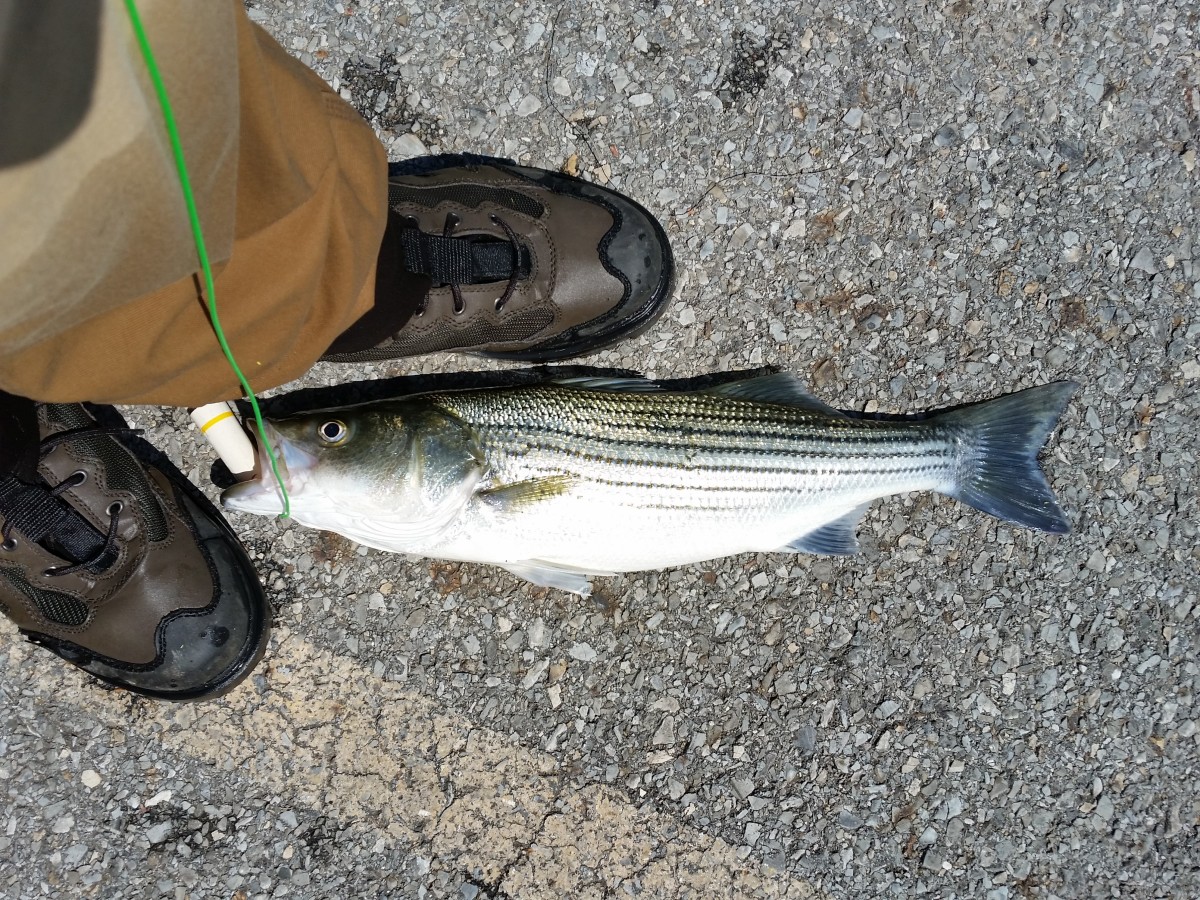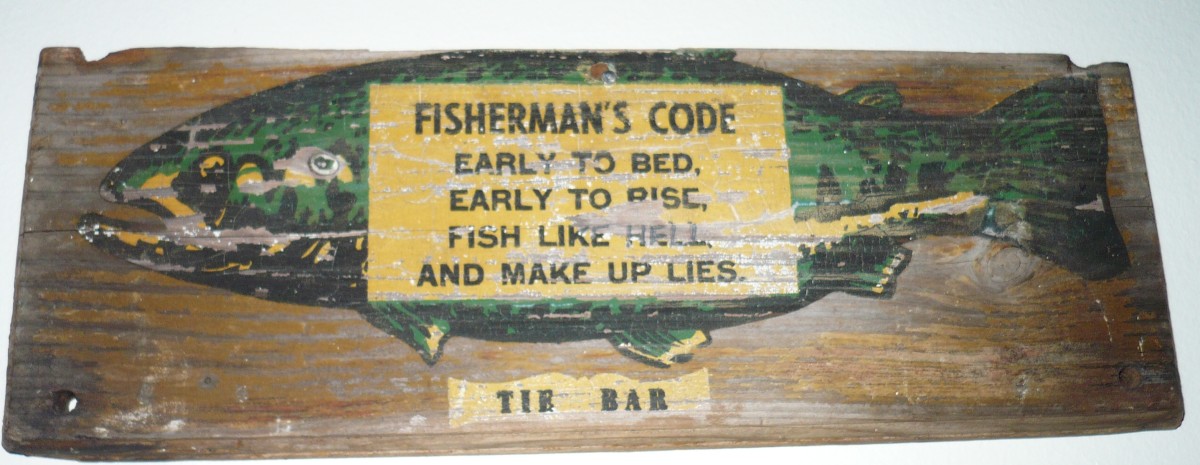Fiberglass Fly Rods - Revisited
In the Middle, It Was Fiberglass
Fly rods that are fished today are either split cane bamboo, fiberglass, or graphite. Split cane bamboo came into commercial production in the 1860s and have continued in the market to this day. Later, fiberglass entered the scene from the 1950s through the 1970s. The graphite rods came in during the late 1970s and have dominated the market since. Fiberglass fly rods were in the middle of the three eras and enjoyed a brief popularity. However, fiberglass rods are making a comeback to a niche market.
My Family's History With Fiberglass
My father started fly fishing in 1947. He experienced all the phases. I recently asked him what the advantages were with bamboo and fiberglass. He sharply replied, "There weren't any. I could not wait for the graphite rods to come down in price." My older brother went through the fiberglass phase himself. His criticism was that the rods had too much flexibility above the mid section, in relation to being inflexible below the mid section. He transferred to graphite and never looked back.
Getting Reacquainted
I was teaching fly fishing to some of the Boy Scouts in my troop. The Scout Master took a healthy interest in the fly fishing merit badge and later acquired a fly rod. He asked me for casting lessons. It was a fiberglass rod. My first fly rod as a teenager was fiberglass. It was a Cortland Pro-Crest. I sold it soon after I was married to help pay for new carpet. All I remembered was that I quickly gave up the fiberglass rod once I had a graphite rod. Taking his rod, I felt intimidation and reacquaintence at the same time. I began to cast. A flood of memories (most pleasant, some painful) ensued. I had forgotten how flexible they were. I have a slow action graphite rod, but nothing this slow. Eventually, against the feedback of my father and older brother, I purchased a fiberglass fly rod.

Fiberglass - A Review
The fiberglass rod I purchased was recently manufactored. It was a 4/5 wt and seven feet long. What first caught my attention was how narrow the rod was, particularly at the base. Perhaps fiberglass technology has improved and the material was more compact? The rod loaded well. The upper third was very flexible and resulted in having to slow the cast way down. No tight loops here as the flexible tip resulted in big loops. The rod shot the line very well. On my graphite rods, shooting the line feels like a result of releasing the energy built up between the forward and back casts. With this fiberglass rod, there was a "fling factor" from the upper third of the rod that gave the line that additional momentum. I was not able to cast as far as with a nine foot graphite rod, but the seven foot fiberglass gave respectable distance.
My first few outings I targeted bluegills and specs. The rod had incredible sensitivity detecting strikes. It played the fish well with the small fish feeling like behemoths. The last few outings I targeted bass. For its size, the rod handled larger flies well, which I attribute the advantage of casting with larger loops. The downfall of the rod, and perhaps my fishing style, is that I missed hooks sets. In fact, my hooks sets were only about 25%. Dave Whitlock in his book Fly Fishing for Bass Handbook notes that a bass has a hard mouth and in order to set the hook, you accomplish hooks sets by hand pulling the line and rely less on using the rod. After reading this I've always made a point to use the line and thought I was doing well. Regardless of my efforts, I stayed at about 25% hook sets. In conclusion, I will continue to fish with the fiberglass rod for the smaller species of fish, but will think twice before bass fishing with it - unless I want to experiment with hook sets and feel the frustration of lost fish.
If you do purchase a fiberglass rod, go with the recommended line weight for floating line and one line weight below for sinking line. I fished a six-weight, forward floating line that worked okay, but a five-weight would have handled more easily. I tried a five-weight, sinking line and it was far too heavy to produce suitable casts by overloading the rod. A four-weight, sinking line would have functioned better.





